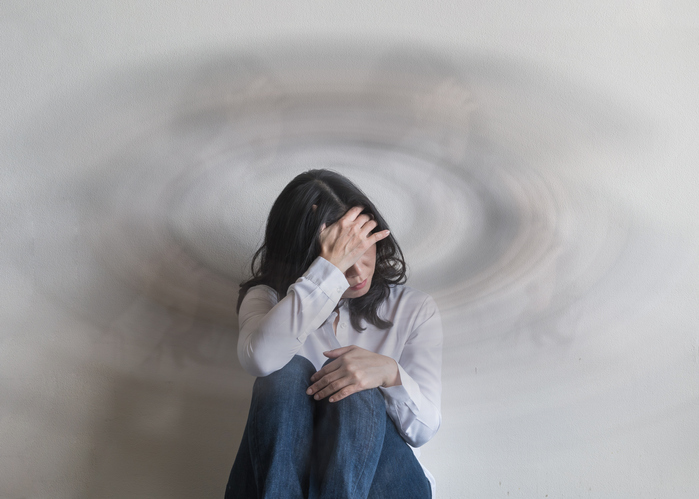Pain
Rare Types of Migraine Headaches

A migraine is a neurological condition characterized by debilitating headaches often accompanied by various other symptoms including, but not limited to, the following: nausea, sensitivity to light, sound or scent, vomiting, difficulty speaking, numbness or tingling. Some types of migraines are rarer than others. The type of migraine depends mostly on the symptoms that accompany it.
Hemiplegic migraine
A hemiplegic migraine is a rare, serious type of migraine. The main symptom is one-sided weakness, very similar to a stroke. This similarity makes it difficult to diagnose and easy to confuse with a stroke. If this type of migraine runs in a family, it is referred to as familial hemiplegic migraine. It is caused by a mutated gene passed down from one or both parents. If this type of migraine does not run in a family, it is referred to as a sporadic hemiplegic migraine which is also caused by a mutated gene. This type of migraine often first occurs during childhood. Symptoms of a hemiplegic migraine include, but are not limited to, the following:
- Head pain
- Vision changes
- Trouble speaking
- Confusion
- Muscle coordination issues
- Nausea and/or vomiting
- Sensitivity to light and sound
Fevers, seizures and even comas are possible complications of severe hemiplegic migraines. This type of migraine can last hours, days or even weeks.
Migraine with brainstem aura
Migraine with brainstem aura (MBA) is formerly known as a basilar migraine. This type of migraine originates in the lower part of the brain, also known as the brainstem. Symptoms, such as dizziness, double vision and lack of coordination may also accompany the headache. The aura can happen 10 to 45 minutes before any pain in the head is experienced. This type of migraine often begins on one side of the head and gradually spreads as it intensifies. It can last from 4 to 72 hours.
It often takes longer to recover from MBAs because they can leave a person feeling drained for 24 hours after the migraine ceases. MBAs can affect people of all ages but often start during adolescence. Women are slightly more likely to have them than men. While symptoms differ from person to person, here are some typical symptoms of an MBA:
- Nausea and/or vomiting
- Sensitivity to light and sound
- Cold hands and feet
- Dizziness and/or balance issues
- Double vision, graying of vision or temporary blindness
- Slurred speech
- Confusion
- Auditory issues
- Body tingles
- Loss of consciousness
Abdominal migraine
Abdominal migraines mostly affect children between the ages of 5 and 9 years old. Most children grow out of them by age 16. However, anyone at any age can experience abdominal migraines. Abdominal migraine pain begins directly behind the belly button. Severity ranges from mild soreness to severe pain. This pain is usually paired with nausea and vomiting. Most people lose their appetite during these migraines and often appear paler than usual. An abdominal migraine can last from 2 to 72 hours. Children who experience these migraines often develop other types of migraines as adults.
Ocular migraine
This type of migraine is different from other migraines because head pain is usually not a symptom. Experts believe these migraines are caused by unusual electrical activity in the brain; lack of blood flow to the retina may also cause them. Oftentimes, the light from electronic screens triggers this type of migraine. Ocular migraines usually occur in just one eye. Symptoms include flashes of light, blind spots, seeing stars and even temporary loss of vision. In rare cases, speech and motor skills are affected but only for a short time.
Vestibular migraine
Vestibular refers to the inner ear where the body's sense of balance is housed. That is why this type of migraine causes vertigo, with or without a headache. Vertigo makes people feel as if the room is spinning or movement is occurring even when they are still. People often report feeling dizzy or frequently losing their balance during a vestibular migraine. This type of migraine may also cause a ringing in the ears (tinnitus) and sensitivity to sound. Between one-third and one-half of people who have experienced migraines have experienced a vestibular migraine at some point.


















